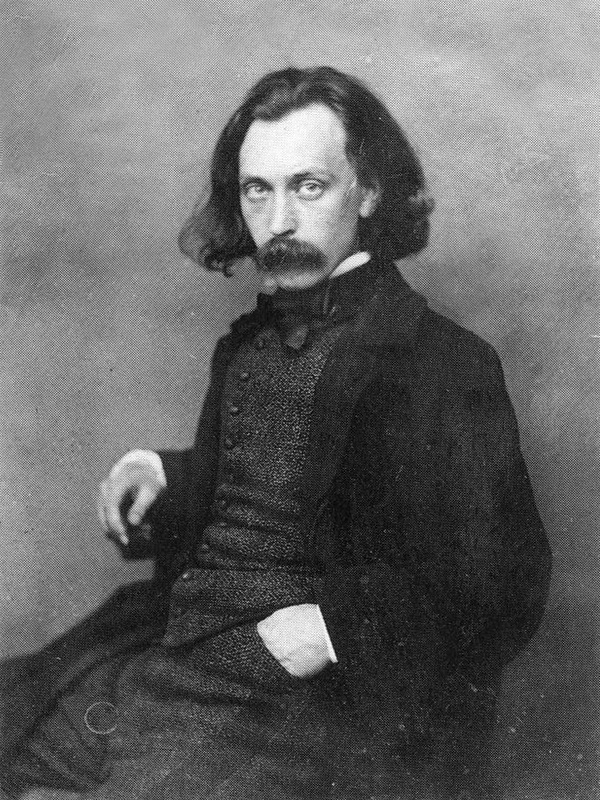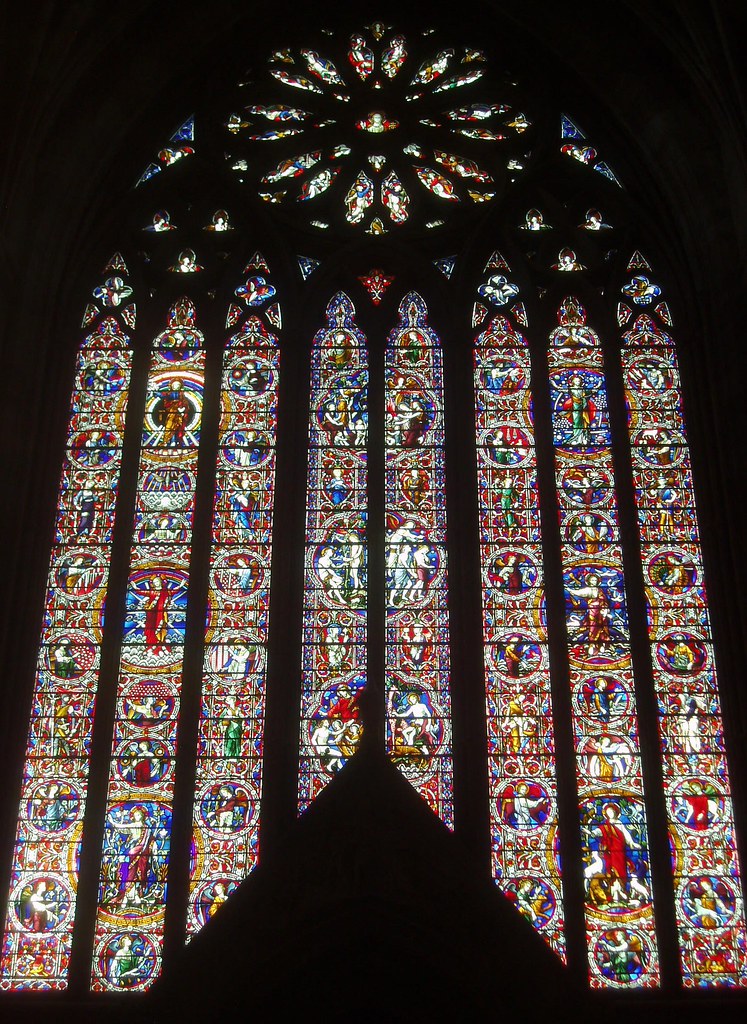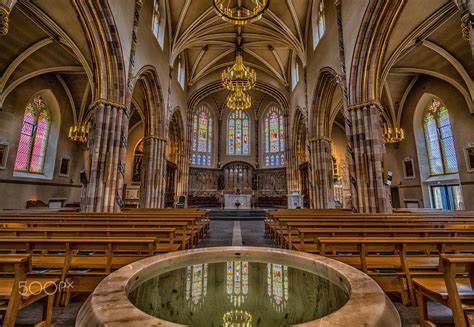John Hardman Powell, born in 1827, began his artistic career under the rare and influential mentorship of his uncle, Augustus Welby Northmore Pugin—a central figure in 19th-century British design and a leading architect of the Gothic Revival. Pugin was responsible for major works such as the interiors of the Palace of Westminster and numerous churches throughout England. He believed that art and architecture should serve moral and religious functions, an idea that profoundly shaped Powell’s vision. Inspired by Pugin’s principles, Powell turned to stained glass in the 1850s as his primary medium, using it to capture sacred narratives embedded in the walls of some of the World’s largest churches and cathedrals.

Powell’s stained glass designs drew heavily from 13th and 14th-century styles, but his use of silver staining, acid-etched flashed glass, and hand-painted elements added to the classical style and created rich layers of color and depth. His designs featured graceful drapery, flowing lines, and lifelike movement, and his chosen colors filled church interiors with symbolic light. Rather than copying medieval windows, Powell reimagined them, blending narrative clarity with ornate Gothic patterns to create emotionally powerful and spiritually resonant works.
One of Powell’s most iconic works is the Great West Window at Worcester Cathedral, titled “The Creation and Fall.” Completed in 1875, it tells the story of Genesis—from the creation of the world to the fall of Adam and Eve—across a series of detailed panels. This grand window by Powell creates a powerful spiritual and visual experience, going beyond decoration as it functions like a stained glass manuscript, teaching sacred history through vibrant storytelling and light.

In the 1860s, Powell designed 27 stained glass windows for St. Andrew’s Cathedral in Sydney, making it one of the earliest examples of Gothic Revival stained glass in Australia. These include large six- and seven-light windows, carefully integrated into the cathedral’s architecture. Powell adapted traditional Gothic styles to the Australian context, using his signature graceful figures, flowing drapery, and rich colors. Through this project, he brought the visual language of the Gothic Revival to the southern hemisphere and raised the artistic stature of the cathedral.

In the 1880s, Powell worked with architect William Wardell to design the East Window of St. Mary’s Cathedral in Sydney, depicting the Coronation of the Virgin Mary. This towering window above the altar features Mary crowned in heavenly glory, surrounded by angels. The work blends symbolism, drama, and elegance, highlighting Powell’s full command of stained glass as both a spiritual and visual medium. It stands as one of the finest examples of Gothic Revival stained glass outside Europe—and a fitting masterpiece near the end of Powell’s career.
John Hardman Powell’s commitment to originality and quality set new standards in stained glass artistry. His work not only adorned numerous churches and cathedrals but also influenced subsequent generations of artists. By prioritizing bespoke designs and meticulous craftsmanship, Powell played a crucial role in the success and reputation of John Hardman & Co., leaving a lasting legacy in the realm of Ministerial art.
References
West Window, Worcester Cathedral | West window by Hardman’s … | Flickr